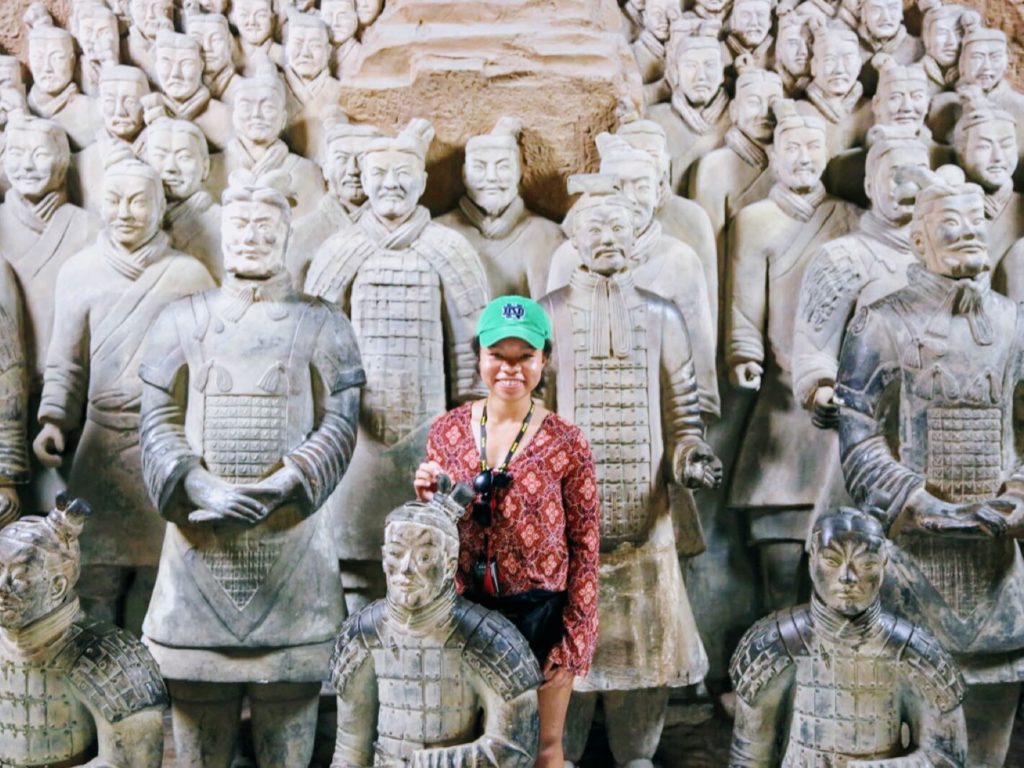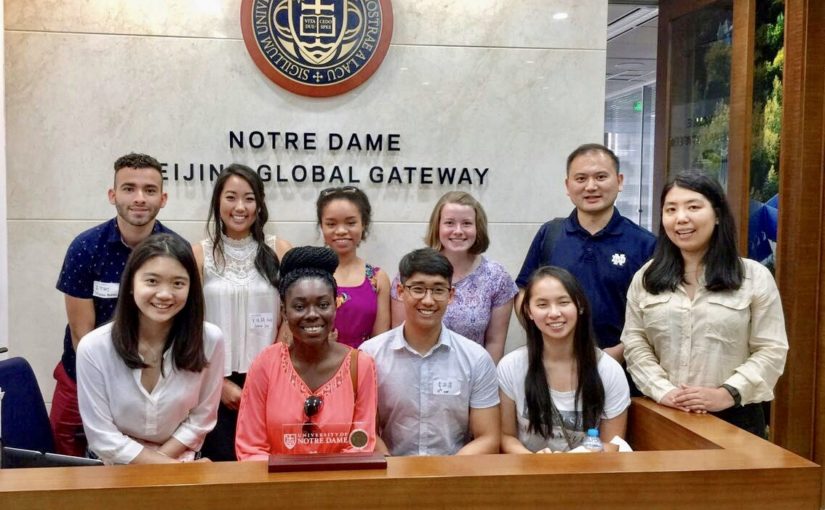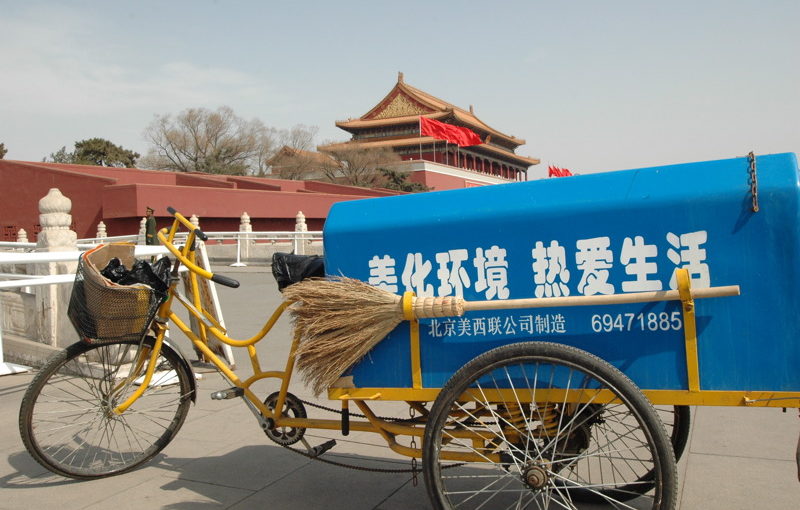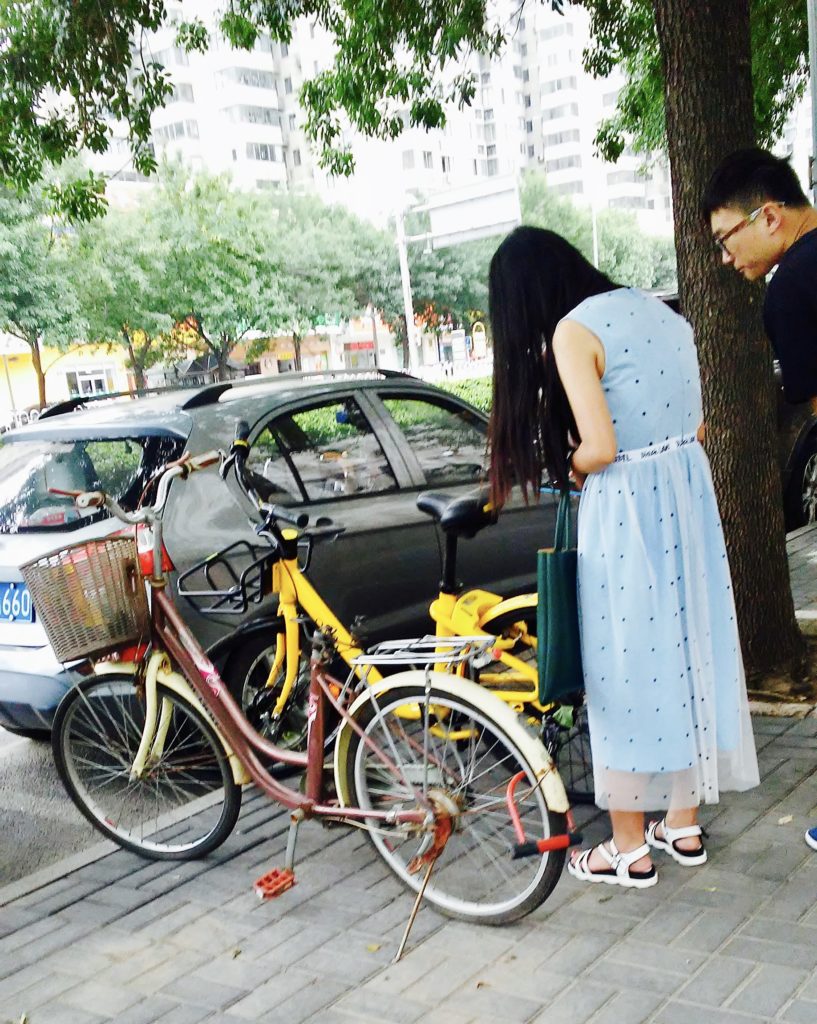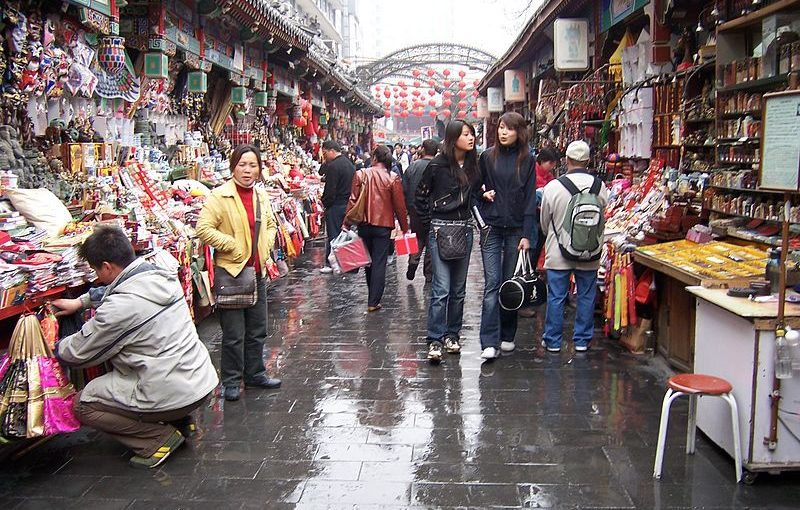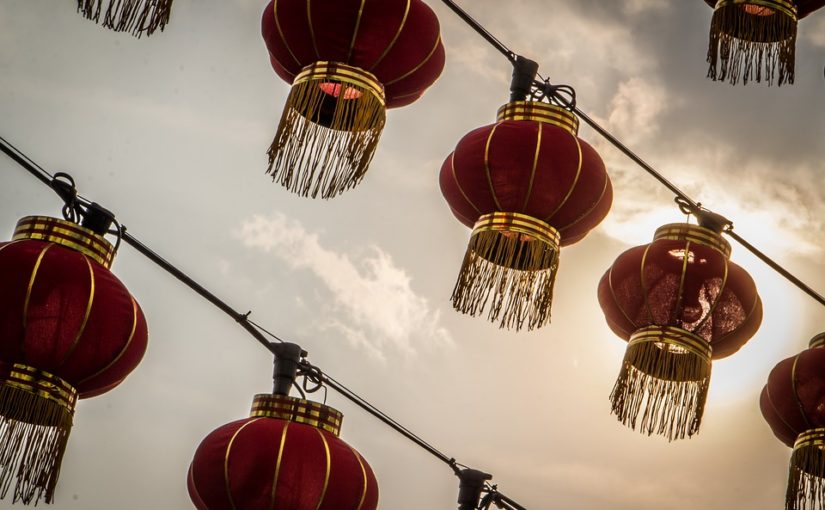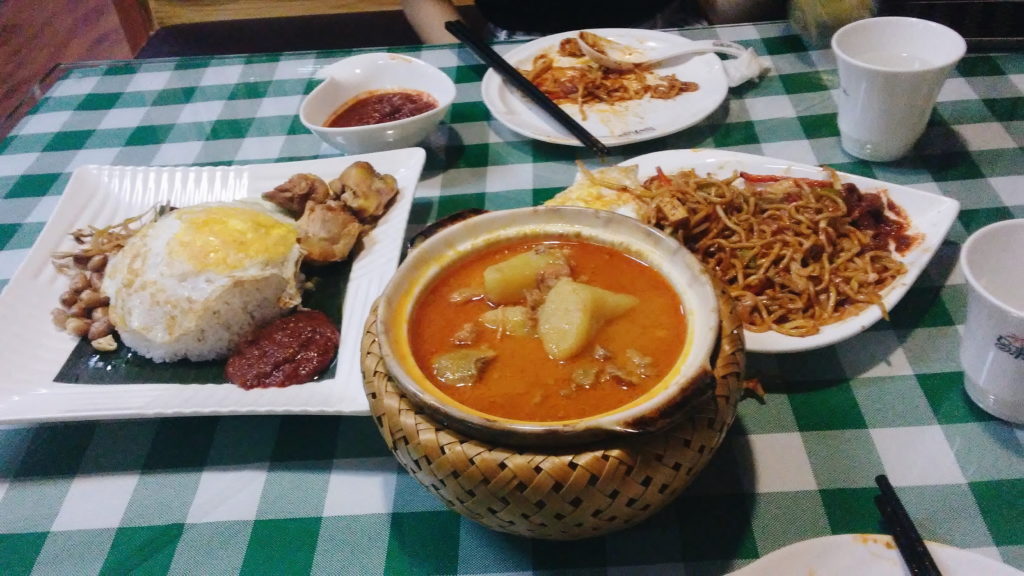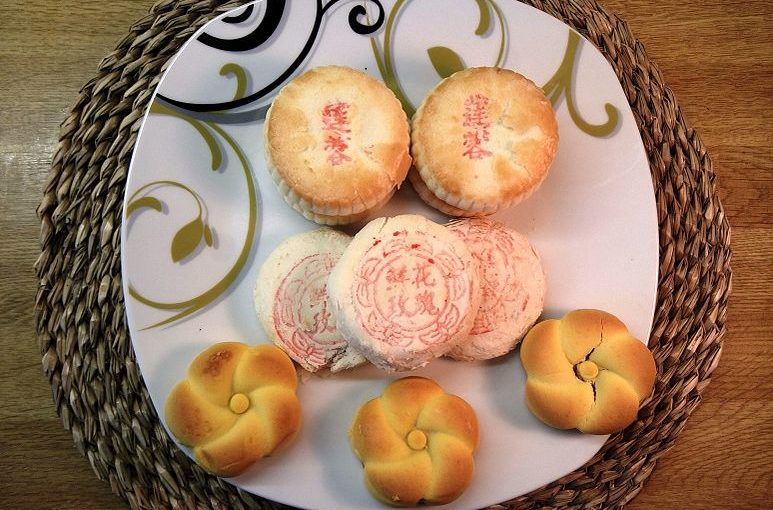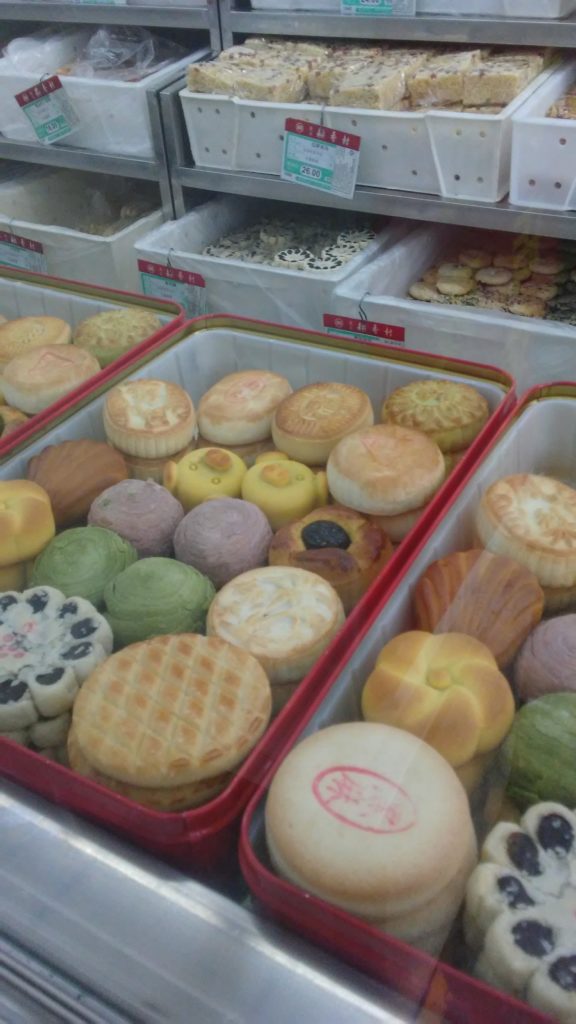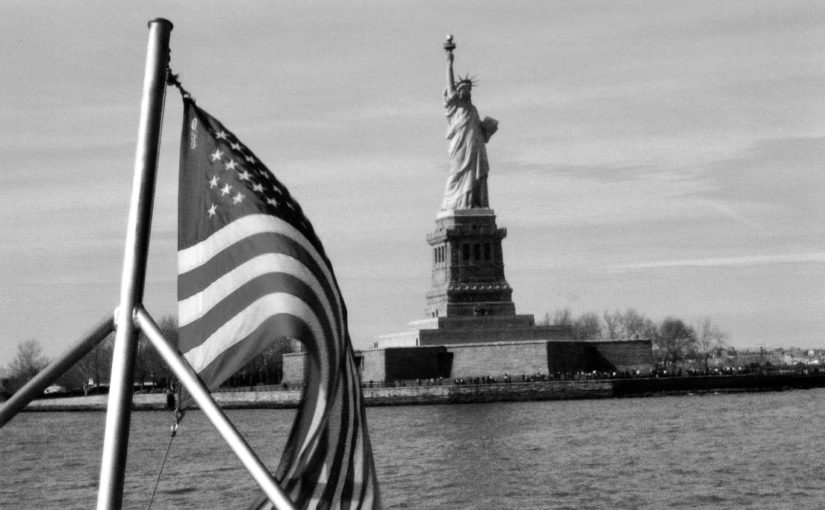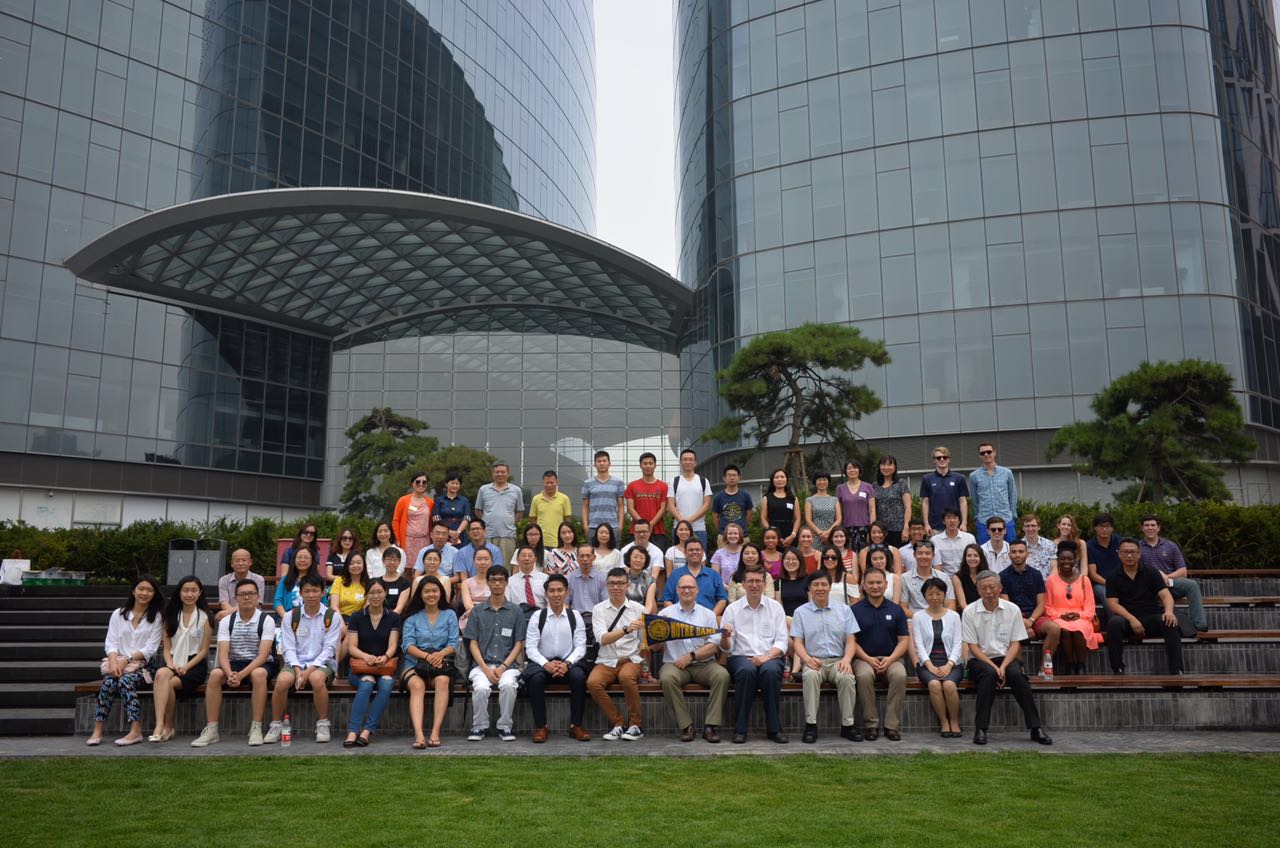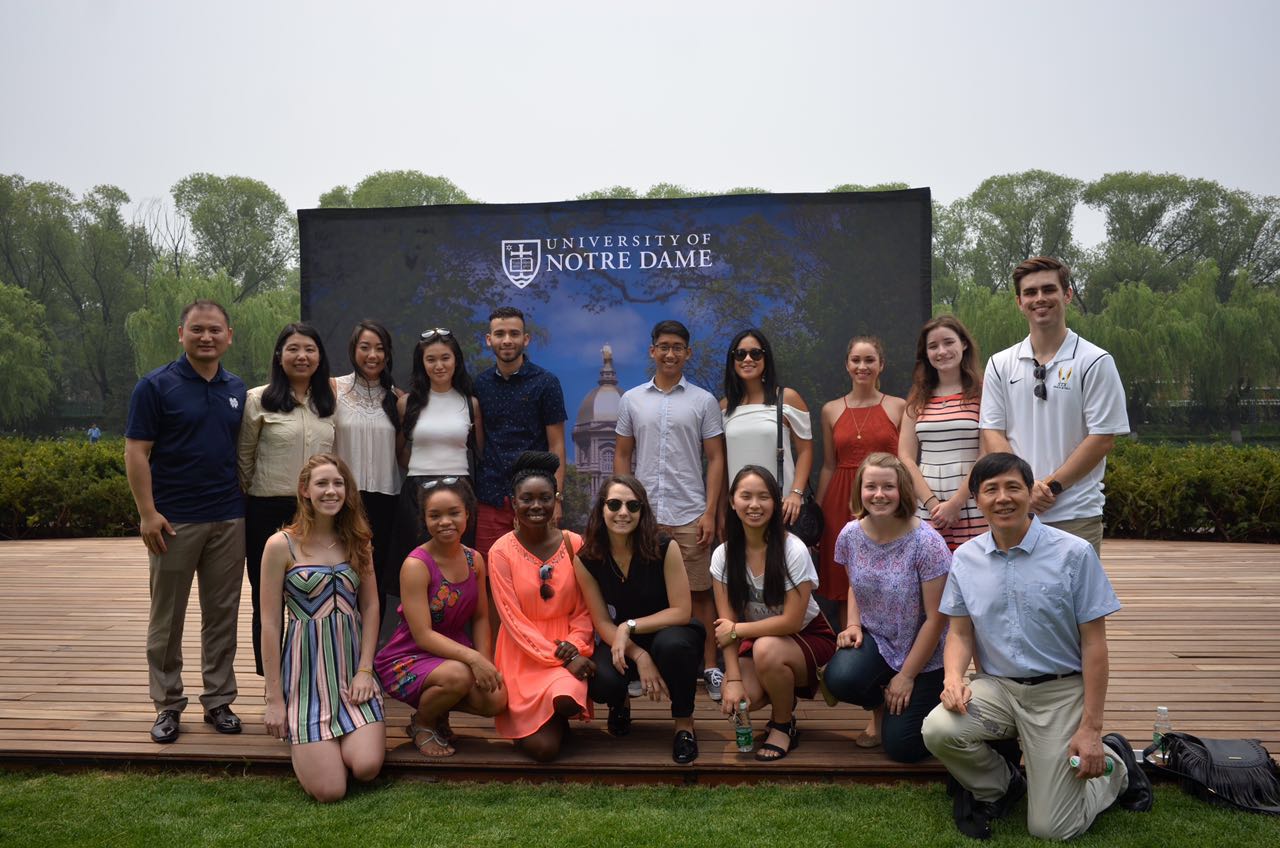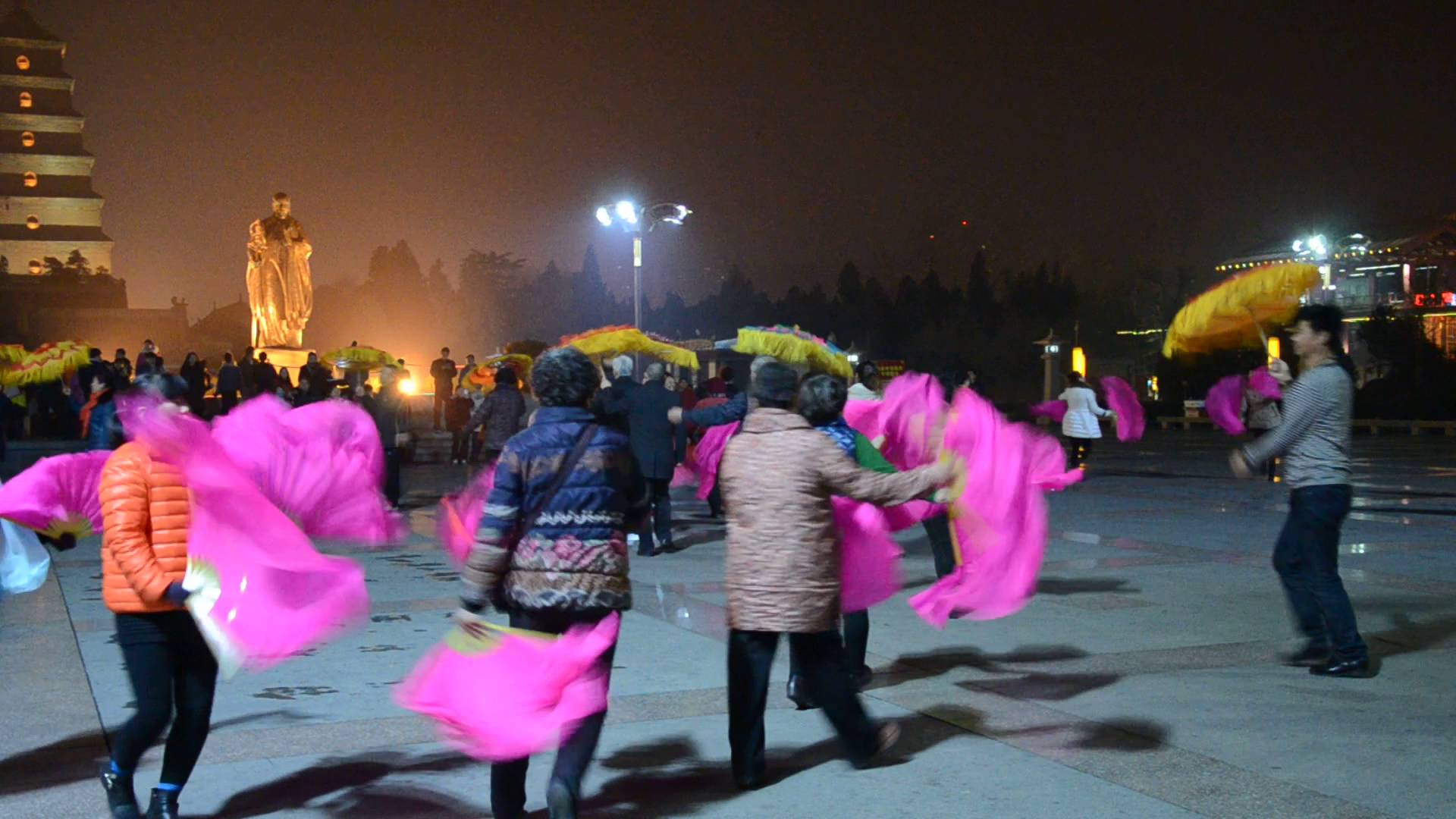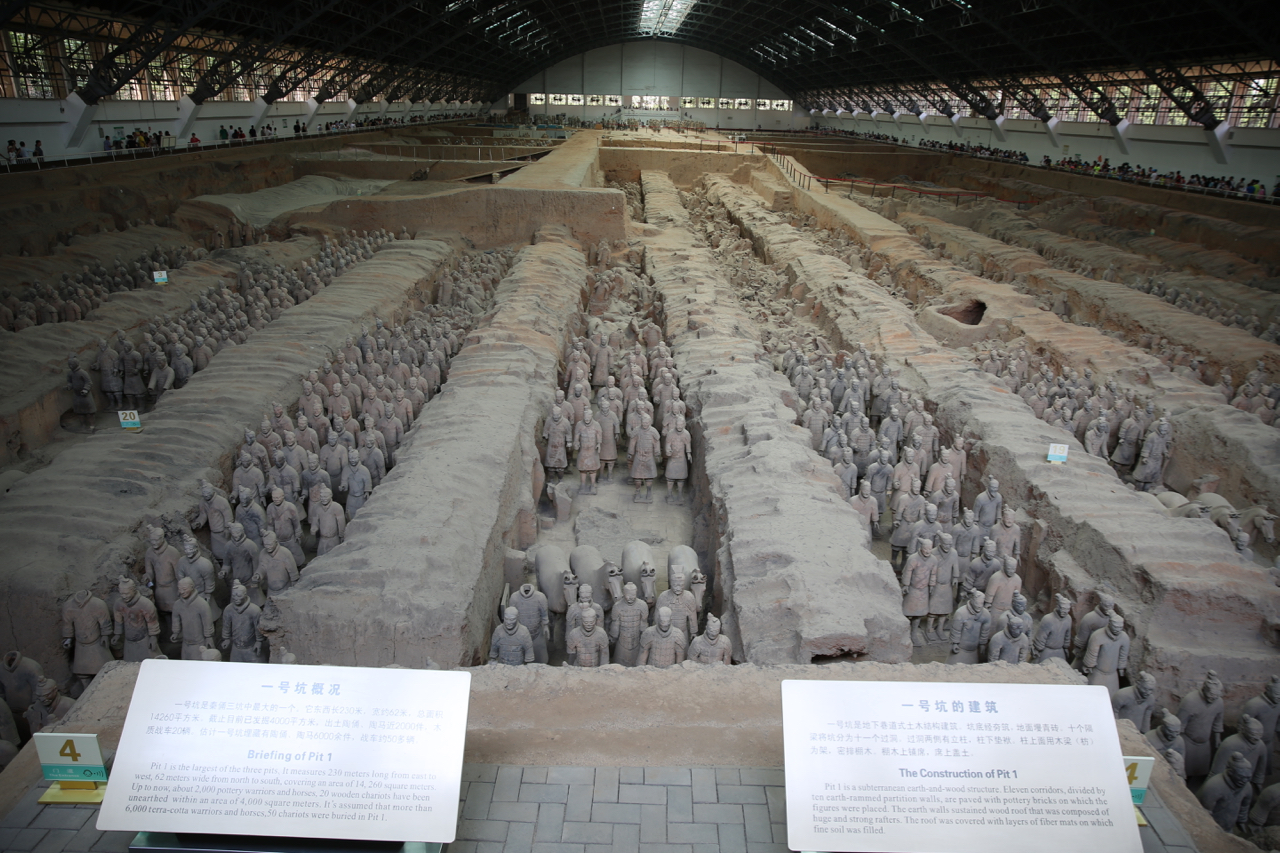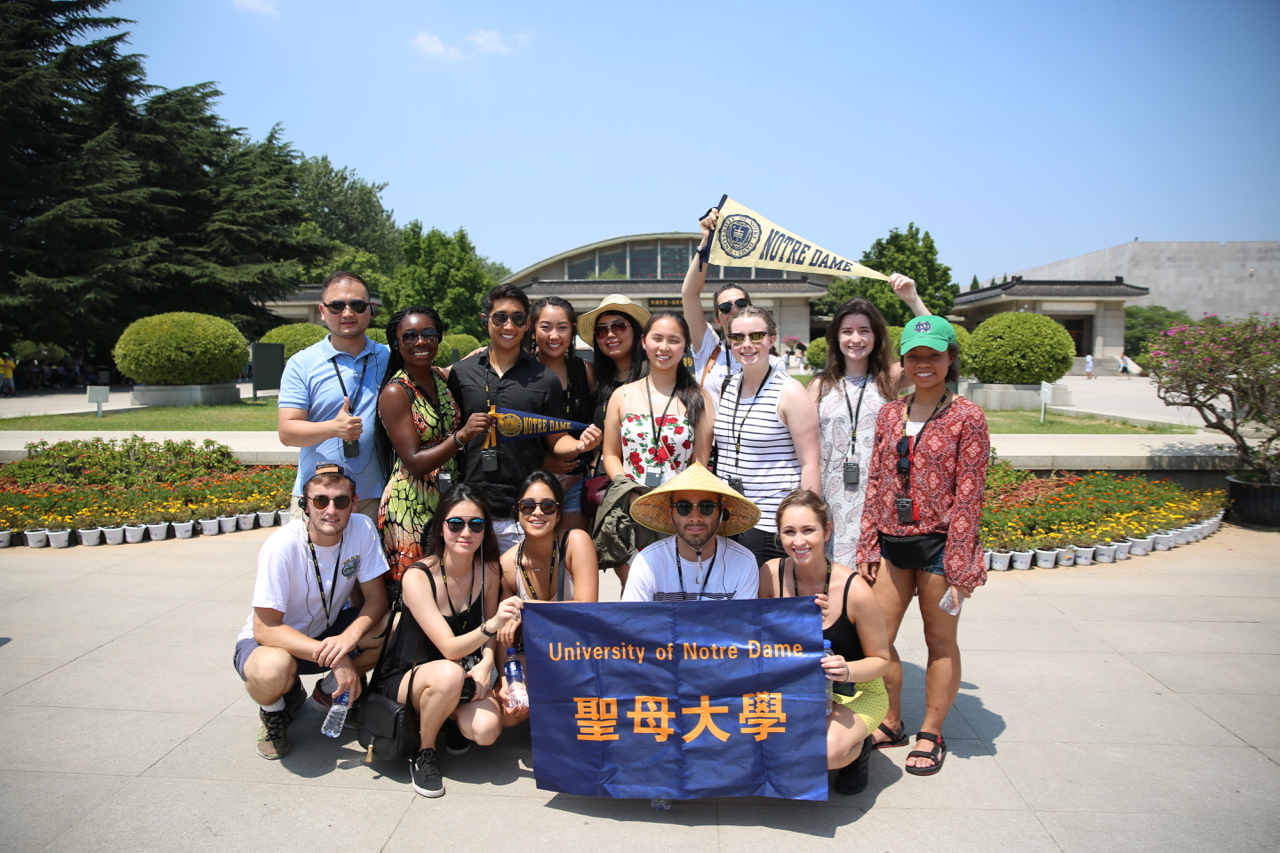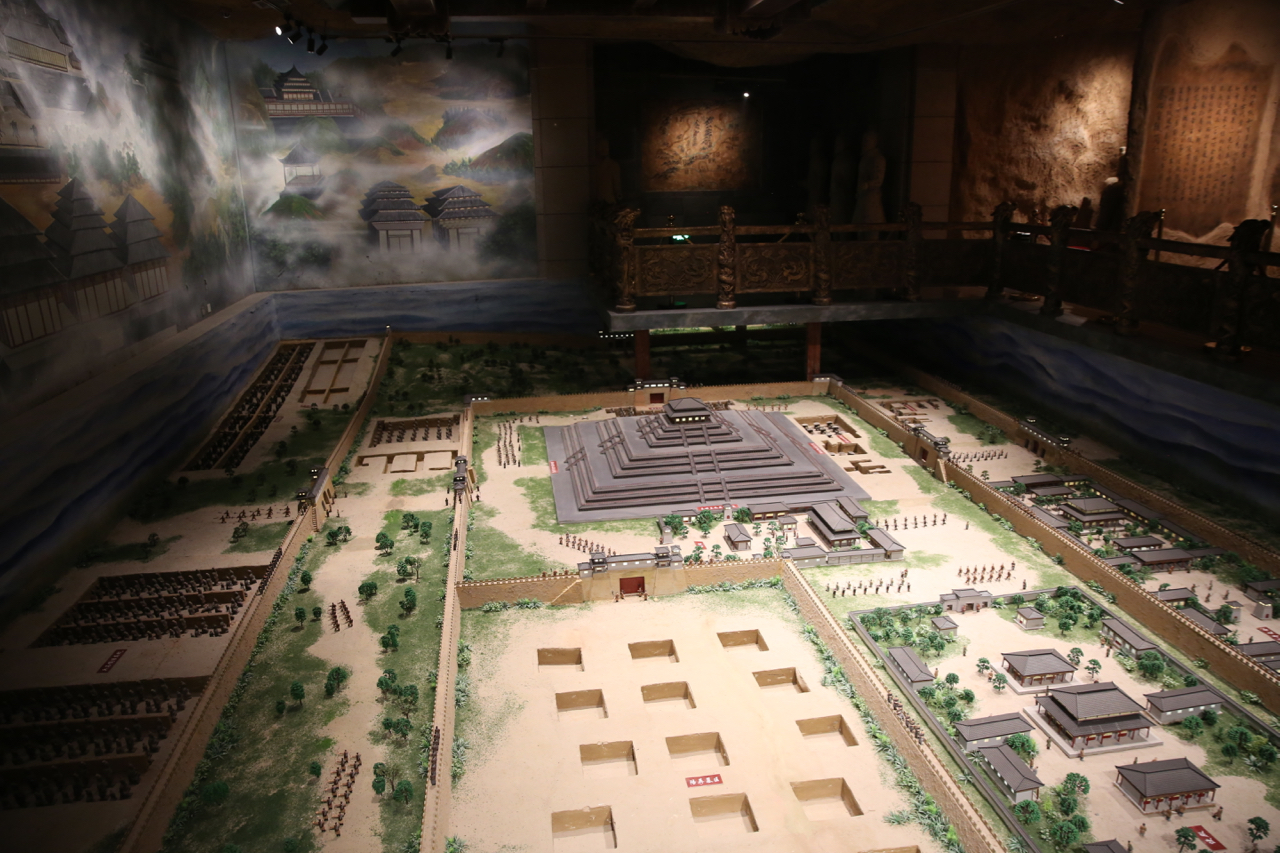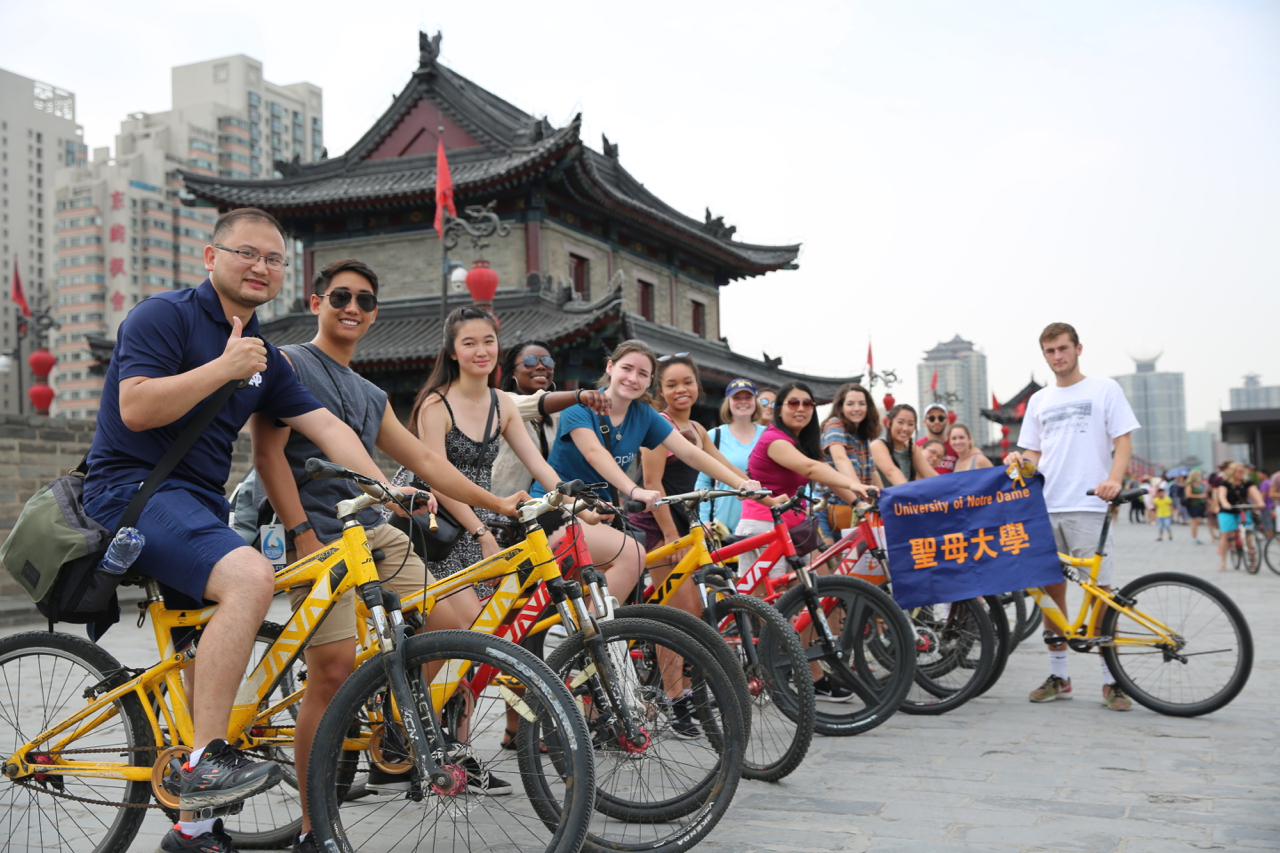Ask any well-traveled person (or even Google!) about differences to expect when you go abroad, and virtually all of them will mention something about food. The way that food is prepared, served, and enjoyed varies widely among countries, and often even cities, and often offers a window to deeper cultural beliefs or identities. While I could logically understand this before traveling abroad, my time is China has truly revealed how food customs are a part of my identity, as well as how they offer an opportunity to observe Chinese culture. Here are five things I’ve learned about food culture in China:
1. Convenience. It seems that, in America, food is prepared and provided in such a way that it can get from the store or your plate to your stomach as quickly as possible. American utensils are designed to shovel in large amounts of food at once (I distinctly remember being disturbed when I visited an American frozen yogurt chain and was handed a shovel-shaped spoon to use to enjoy my cup of yogurt). Fish and meat are sold and served de-boned the vast majority of the time, but that is not the case in China. Food in America is available 24/7 – even in small American towns, you can find a place to buy food at virtually any time of day or night. I was certainly surprised to find that, unlike Notre Dame’s dining halls that are open all day from 0700-2130, Peking University’s dining halls are only open for two-hour periods during each meal time.
Of course Beijing has it’s share of fast food (as well as an extensive fast food delivery system), but looking at the culture as a whole, the Chinese pay a lot of attention to the flavors, preparation, and presentation of their food, not simply how filling it is or how quickly it can be eaten. Chinese people often take their time buying ingredients and preparing their meals by hand, in contrast to the ready-made, frozen, and canned meals and ingredients that are found throughout American supermarkets. Now don’t get me wrong, I love my Mom’s casseroles, but is dumping and mixing together the contents of several cans in a large dish and plopping it in the oven for an hour really a homemade meal? I think that this concept of American convenience vs. Chinese careful preparation can be clearly illustrated in hot pot, a very popular and traditional Chinese dining experience. When you go to have hot pot, you simply have a boiling pot of broth in the center of the table and are given different types of raw meat and veggies to share with others at your table. You cook the food slowly, one thing at a time, enjoying conversation and allowing yourself to eat slowly, one small plate at a time, enjoying the process of not just eating but also preparing your food. I do appreciate the convenience and ease of food in America, but there’s something more to the experience when you take your time and are forced to eat bite by bite.
2. Regional cuisine differences. Just as in America we have a variety of regional cuisine, from the fried chicken and apple pie of the South to the fresh seafood dishes of the Northeast, different regions in China also have distinct differences and types of food. However, in China, these variations are even more extreme – if you took a dinner spread from two different Chinese provinces, you might not even be able to guess that they came from the same country! Northern Chinese food (including Beijing food), is known to be saltier, simpler, and contain less vegetables and instead more grains (like rice or bread) as the staple food. I learned to love the steamed buns and mantou in the Peking University dining halls every day – while in America rolls are rarely served without a dipping sauce or accompanying dish, I came to enjoy the fluffiness and slightly sweet taste of the steamed dough. Another of my favorite dishes I ate in Beijing was the traditional Peking duck – can you really visit Beijing without downing this specialty? In general, Chinese people seem willing to try nearly any dish, and while I couldn’t bring myself to ear a few specialties like crispy scorpion found at street vendors, I was lucky to be able to try so many different dishes while in China!
3. Food as community. In many ways, food is tied to the way Chinese people interact with one another – in fact, a common greeting in China is “吃了吗?”, which literally translates to “Have you eaten?”. The culture surrounding food and going out to eat in China is markedly different than that in America. I often felt uncomfortable going to restaurants and even cafes alone – eating in China is an extremely communal activity. When you go out to a restaurant, you never order one dish for yourself – rather, you order many dishes and share them by spinning the large lazy susan in the middle of every table. People serve food to one another, take little bits at a time, and don’t mind eating food that other people’s chopsticks have touched. There is also certain etiquette when you go out to eat – the host can never run out of food (that’s considered very embarrassing) so they often over-order; the way in which people are seated around the table is carefully considered based on honor/social standing; you are expected to “fight” over who pays the bill. Food and the way in which it is eaten is certainly a cornerstone of Chinese culture.
4. American Chinese food and Chinese American food. America really oversimplifies Chinese food – that General Tso’s chicken and lo mein you like to order from the Chinese place down the street probably doesn’t have many dishes you would actually find in China, and if it does, they are probably “Americanized” – extra oil or salt, extra sauce, fewer vegetables, etc. China has a vast array of American fast food, including McDonald’s, KFC, and Starbucks (the menus are often different from the American versions to appeal more to the Chinese customer). In addition to the fast food, China also has a huge delivery service network – using apps, you can order anything from a McDonald’s burger to a Uniqlo t-shirt and have it delivered to you. When I ordered my first McDonald’s delivery, I joked to my friends that Beijing was “out-American-ing” us! In addition to the fast food, Beijing did also have some pretty good Western restaurants (my friends and I went to one for the Fourth of July and ate burgers, salad, baked beans, coleslaw, and strawberry shortcake!), but generally speaking the authentic ones are few and far between. While I was impressed with the number of American restaurants in Beijing, I think it’s safe to say that both America and China oversimplify the other’s foods.
5. The importance of comfort food. After just a couple of weeks in Beijing, all I wanted was a home-made American comfort food like a plate of mac n cheese or lasagna, or a bowl of my mom’s turkey chowder. I missed even simpler American staple foods like grilled chicken and vegetables, flavored with familiar spices and rubs. More than that, I missed staple foods that I know how to mix and match – for example, in America, I know which foods are healthy and which to put on my plate to make a complete and balanced meal, but among all of the unfamiliar dishes and spices in China, I had a hard time knowing how things were cooked, what I would like, what would give me energy, etc. I missed American food enough at the beginning that I walked for 50 minutes to Walmart (granted, this could have been made easier by using the subways, but I hadn’t figured them out yet) just to buy some peanut butter and jelly! As I continued to try new Chinese foods, I found some things that I really liked; some of my favorite food experiences in Beijing were drinking warm soymilk, slightly less sweet than American soymilk, with breakfast in the morning (replacing coffee); yogurt bottles that could be found at nearly every street vendor (in Beijing, yogurt is extremely popular, but instead of eating it with a spoon yogurt is consumed through a straw!); and baozi, which is essentially China’s “fast food” – small steamed buns filled with different types of meats and vegetables. There was a baozi store about a 5-minute walk from my dorm that I frequented weekly; the service was fast, and you could buy 6 baozi for less than 2 U.S. dollars!
Visiting China certainly gave me an appreciation for the unique and varied cuisine of the country, as well as made me appreciate the food customs and dishes that are ingrained in me as an American. Now I sometimes find myself craving authentic Chinese food instead of American food – just one more reason that I will need to go back to China again one day!
